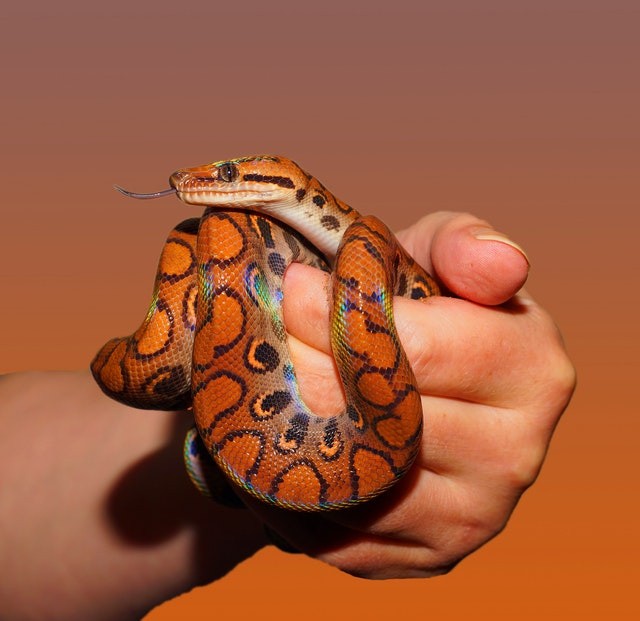Around 1.8 million envenoming snake bites happen around the globe yearly, taking roughly 94,000 lives. In tropical regions, particularly in Sub-Saharan Africa and Southeast Asia, snakebites are regarded as a primary cause of death, mainly among farmers who confront snakes in their fields.

Approaches Taken to Combat Snakebites
The World Health Organization reacted to this by initiating a technical plan to shrink snakebites in 2030 by 50%. A crucial purpose for achieving this goal is enhancing relevant scientific studies.
Researchers from Tel Aviv University including other international research team has lately developed a resourceful simulation model foreseeing snakebites, established on a superior understanding of relations between snakes and farmers.
The motive of the model is to deduce the likelihood of snakebites happening in certain areas, for instance in tea fields against rice fields at various months of the year, days, and hours. The research is established upon substantial data and study from Sri Lanka, where around 30,000 envenoming snake bites take roughly 400 lives every year.
Read More : Terrifying Nature: Snakes Shove Their Heads Into Bodies of Living Frogs to Swallow Their Organs
The 6 Species of Snakes
It concentrated on 6 species of snakes, some listed among the top venomous on earth (Ceylon krait, hump-nosed, cobra, common krait, Russell's viper, and saw-scaled viper) complementing them with farmers who grow the three most popular crops in the region: rubber, rice, and tea.
Hence, for instance, the model envisage that during February and August, the bites of Russell's viper peak in rice fields, while rubber plantations in April and May is preferred by hump-nosed viper.
The model also indicates that in the southeastern region of the researched spot, the highest number of snakebites are caused by Russell's viper, one of the worlds most deadly snakes, while in other parts of this region, the most common kinds of snakebites are that of the less-lethal hump-nosed viper.
The research was conducted by Doctor Takuya Iwamura, presently at Oregon State University and Eyal Goldstein school of zoology at Tel Aviv University, and Dr. Kris Murray of Tropical Medicine in London and the School of Hygiene and the Imperial College London. Other participants are scientists from the University of Kelaniya, Sri Lanka, and the Liverpool School of Tropical Medicine, Lancaster University. The paper was released in February 2021 in Neglected Tropical Diseases PLOS.

Behavior of Both Humans and Snakes
"We developed an interdisciplinary model (a first of its kind) which involved the behavior structures of both sides - humans, and snakes, recognizing risk components at several places and times. and also warning against them. For instance, the model can distinguish between high-risk and low-risk regions. A distinction that can be seen is twice the amount of snakebites per 100,000 lives" explained Eyal Goldstein.
Doctor Murray revealed that both humans and snakes go about their routines at various times of the day, in different kinds of environments and different seasons - the model catches all this to foretell clashes between snakes and people in places where farmers are busy. Aggressiveness of different snake species was then taken to assess how possibly a clash is to result in a bite.
RELATED ARTICLE : Snakes Develop Ability to Resist Their Own Venom, Study Reveals
For more news, updates about snake bites and similar topics don't forget to follow Nature World News!
© 2025 NatureWorldNews.com All rights reserved. Do not reproduce without permission.





